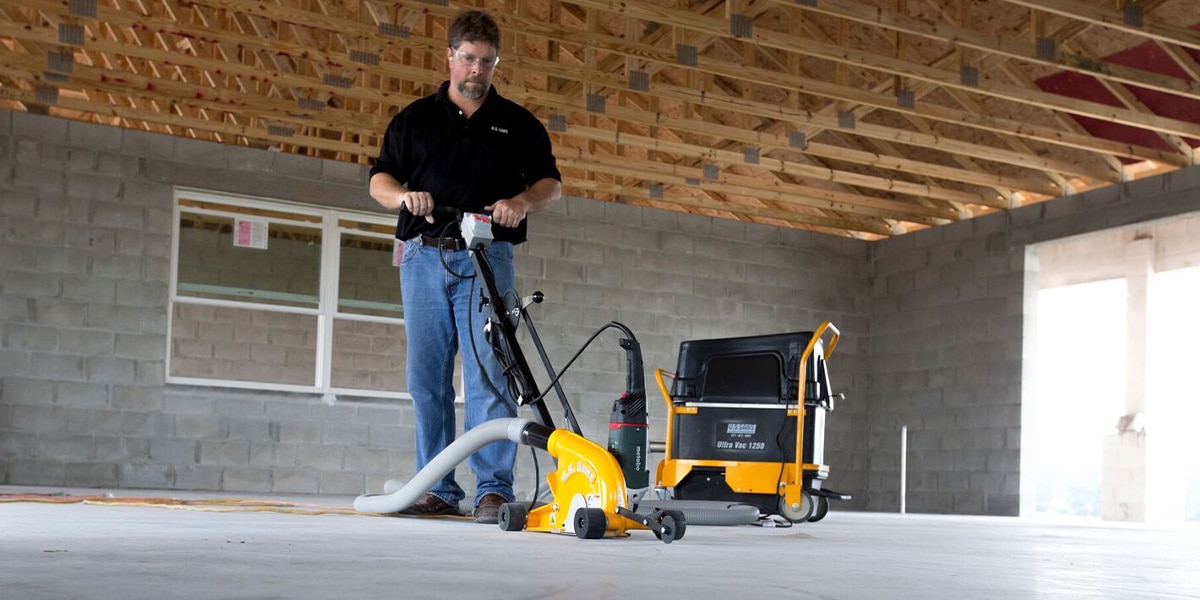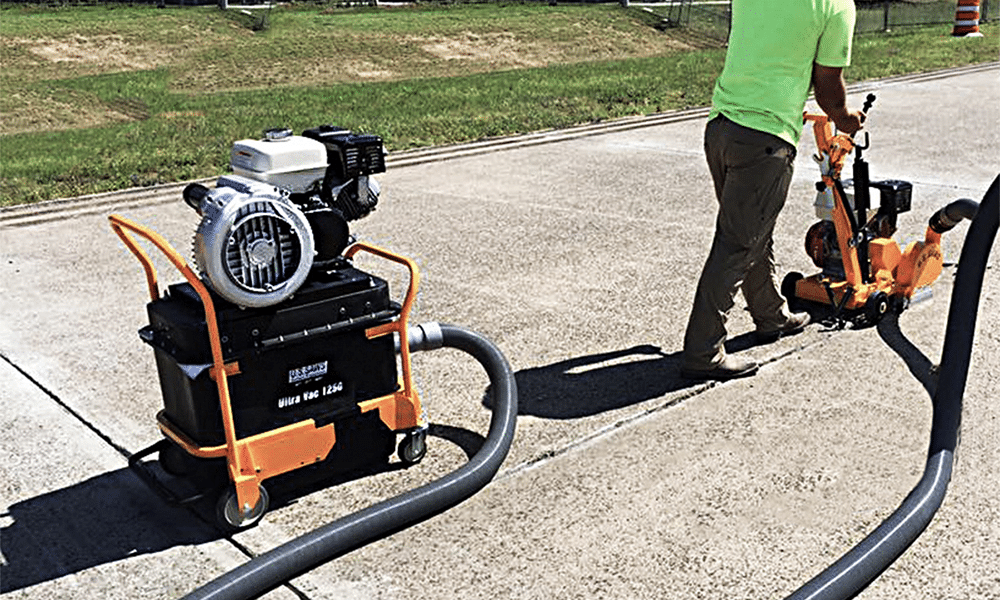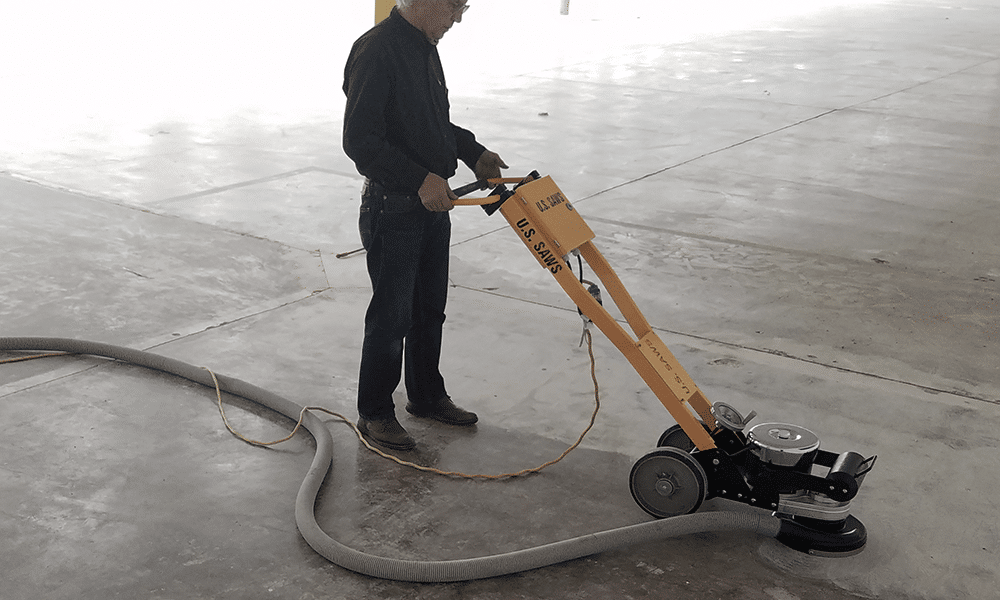All concrete floors have control joints that are run along the sides of the floor to give the view of distinct slabs. These joints can be there for design purposes, but mainly to prevent the floor from eventually cracking. Because concrete expands and contracts with temperature changes, these control joints ensure that these cracks run their course through these joint lines.
Unfortunately, most people working on concrete don’t take these concrete joints seriously and cut them wherever they want. In reality, these should be strategically planned out to ensure the places that are most prominent for cracking to occur are gone through these control joints. This process becomes an important aspect in ensuring there is no additional stress in the concrete that can cause more damage than there needs to be.
Why Do We Need Control Joints?
Control joints that are placed strategically can be an effective way to prevent any cracking in your concrete. Stress on the concrete can be caused by shrinkage during the curing process and small expansion caused by moisture getting into the concrete. When there isn’t anything to help relieve this stress that is developed, more and more cracks will become present in your concrete. Because expansion and contraction can be caused by so many contributors such as temperature, wind, and live loads, control joints can help reduce this damage that is out of your control.
No matter where you are placing concrete, control joints are essential to preventing damage. These concrete joints also give it an aesthetically pleasing look since the crack takes place below the finished concrete surface present. Having cracked concrete is normal, but the absence of random cracks at the surface gives the appearance of it being uncracked giving an appealing sort of look. You never want to prevent cracks; the object is to control and “disguise” them in the most decorative way as possible.
How to Create Concrete Control Joints:
These joints are best added when you’re pouring concrete or before the curing process. Since there will be a number of different pours during the concrete installation, you can put in control joints between each pour to allow for the expansion process.
A jointing trowel is a tool that is specifically designed to create these control joints. This can ultimately be a very difficult process because of how tedious it is. The best method of this trowel process is to take a piece of lumber and lay it over your concrete to use it as a guide. This will help make for a straight edge when you end up running your trowel into the concrete. Use this method for concrete areas that aren’t as wide such as a path or sidewalk.
If needing control joints on already hardened concrete, you can use a cement saw to put them in. Use chalk and a line to set a perfect line across your available concrete. Depending on how thick your concrete is, the depth of the cut will be different. Be sure to go slow and continue until you have cut across the entire slab you are working on.
U.S. Saws Tiger Tooth Blade is perfect for cleaning joints. The 7, 8, or 10-inch blade removes polyurea without loading up. This blade matched with our Mark-III Joint Saw cleans out control joints, removes joint filler, and makes straight, accurate cuts in concrete. The handle and frame are designed for more stability and adjustable height that rotates to get closer to walls or racks. The saw comes equipped with a skid plate to help reduce joint spalling/raveling and a dust collection port on the blade guard for dust-free operation when used in conjunction with a suitable vacuum.
U.S. Saws is an innovator in the tool industry. Concrete control joints are a crucial aspect in the construction field that will take your project to the next level with safety and progression. As there are many factors to consider in choosing the proper tactics for control joints with your project, engaging with a company to help guide you to the right tools and knowledge will ensure your project is completed promptly in the right manner, and as safely as possible. Contact U.S. Saws today to find the right tools that meet your specific needs.



